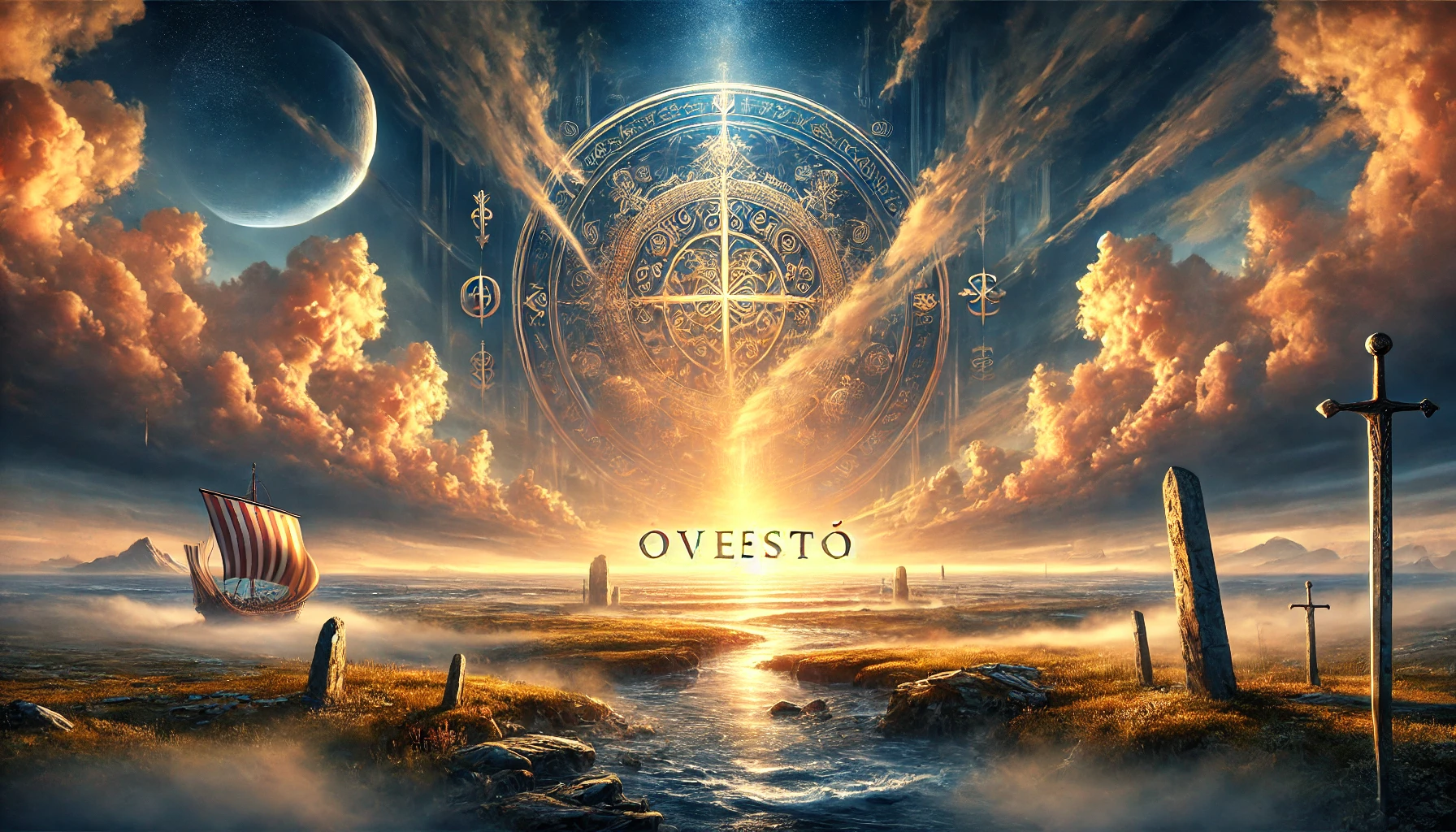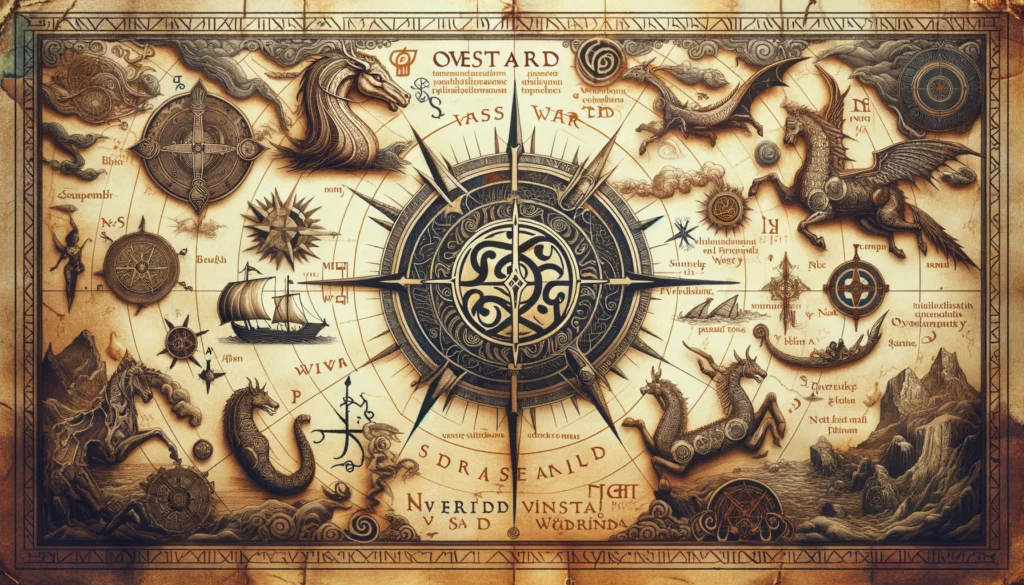Lifestyle
Ovestæ: A Comprehensive Guide to Its Meaning, History, and Relevance

Introduction to Ovestæ
Ovestæ is a term that has sparked curiosity among linguists, historians, and cultural enthusiasts. While its exact meaning may vary depending on the context, it generally carries connotations of direction, philosophy, and cultural significance. This guide explores the rich history, linguistic origins, cultural applications, and modern-day relevance of Ovestæ, ensuring an in-depth understanding of this fascinating concept.
Etymology and Linguistic Roots
Origins in Old Norse and Proto-Germanic Languages
The term Ovestæ appears to have linguistic ties to Old Norse and Proto-Germanic languages. “Ovest” is often associated with “west,” denoting direction or a place beyond known territories. The suffix “æ” could suggest an archaic or poetic form, enhancing its mystique. Throughout history, many such words have evolved to represent broader ideas beyond their literal meanings.
Evolution Across Different Cultures
Ovestæ has undergone linguistic transformation across various cultures. While some interpretations link it to geographical orientation, others see it as a metaphor for change, transition, or enlightenment. Its adoption in different dialects and folklore further enriches its meaning.
Comparative Analysis with Similar Terms
To understand Ovestæ better, it’s helpful to compare it with similar terms in other languages:
| Language | Similar Term | Meaning |
| Old Norse | Vestr | West, direction |
| Latin | Occidens | Setting sun, west |
| German | Westen | West |
| French | Ouest | West |
These linguistic connections indicate that Ovestæ may have deeper symbolic meanings beyond geography.
Historical Context and Development
Earliest Recorded Uses and References
Ovestæ’s earliest known references appear in medieval texts where it was used to describe western lands or territories. Some scholars argue that it symbolized uncharted lands, often associated with exploration and discovery.
Role in Ancient Scandinavian Societies
In ancient Scandinavian societies, Ovestæ was not just a directional term; it held spiritual and cultural significance. It often represented movement towards new beginnings or distant lands, making it integral to Viking exploration narratives.
Influence on Medieval European Culture
As trade and exploration expanded, the term Ovestæ found a place in medieval European culture. Writers and poets used it symbolically to depict journeys, both physical and philosophical.
Cultural Significance and Symbolism
Representation in Mythology and Folklore
Many mythologies reference the concept of “west” as a mystical direction. In Norse mythology, the west was often associated with the realm of the gods, reinforcing Ovestæ’s mythical importance.
Symbolic Meanings
Ovestæ has been linked to themes of:
- Exploration: Representing uncharted territories.
- Transformation: Indicating change and growth.
- Mysticism: Being connected to spiritual beliefs.
Ovestæ in Modern Contexts
Revival in Contemporary Language and Media
With a resurgence in interest in historical linguistics, Ovestæ has found its way into modern literature, branding, and digital culture. It is often used poetically to represent new horizons and innovation.
Usage in Branding and Marketing
Many brands adopt archaic or unique words to create a sense of authenticity and tradition. Ovestæ has been used in:
- Travel agencies promoting adventure.
- Fashion brands emphasizing heritage designs.
- Art and music projects drawing from historical themes.
Practical Applications and Interpretations
Mindfulness and Wellness Practices
Some wellness communities interpret Ovestæ as a philosophy of looking westward—towards new opportunities and personal growth. Meditation and self-improvement discussions often use this metaphor.
Influence on Sustainable Living
Ovestæ is also tied to sustainability movements, symbolizing a return to nature and conscious living. People interpret it as a reminder to explore alternative ways of coexisting with nature.
Case Studies and Real-World Examples
Several businesses, artists, and cultural projects incorporate Ovestæ into their identity. Examples include:
- A Scandinavian Art Collective using Ovestæ as inspiration for avant-garde artwork.
- A Sustainable Living Initiative that applies its philosophy to eco-friendly living.
- A Mindfulness Podcast focusing on personal transformation and exploration.
Future Prospects and Evolution
As globalization continues to bridge historical and modern interpretations, Ovestæ may gain new meanings in:
- Technology: Used in AI and innovation branding.
- Education: Integrated into historical linguistic studies.
- Spirituality: Adopted by mindfulness communities.
FAQs
- Is Ovestæ a real word in any official language?
While it may not be officially recognized in modern languages, its roots are traceable to historical linguistics. - What does Ovestæ symbolize in modern interpretations?
It represents exploration, transformation, and mindfulness. - Can Ovestæ be used in daily conversation?
Yes! Many people use it metaphorically to talk about new beginnings or journeys. - How is Ovestæ used in branding?
Companies incorporate it into their identity to evoke tradition and innovation. - Where can I learn more about Ovestæ?
Academic journals, cultural studies, and online linguistics forums are good starting points.
Conclusion
Ovestæ is more than just a term—it’s a concept rich with history, culture, and philosophical depth. From its roots in Old Norse and medieval Europe to its modern-day applications, it continues to captivate those who seek deeper meaning in language and exploration. As interest in historical linguistics and symbolic language grows, Ovestæ’s journey is far from over.
Recommended Articles
Best Curtains to Keep Your Home Cool in Summer & Warm in Winter
Smart Property Investment Decisions for Long-Term Growth
AWM99V: The Ultimate Guide to Its Applications, Features, and Future Innovations
EJF5OOPD: A Comprehensive Guide to Its Meaning, Impact, and Future


-

 Law6 months ago
Law6 months agoHow to Contact CrypticStreet.com – Complete Guide
-

 Health6 months ago
Health6 months agoExploring the Jalbiteblog Food Trend from JustALittleBite
-

 Technology6 months ago
Technology6 months agoAn In-Depth Analysis of FTAsiaTrading Stock News from FintechAsia
-

 Health6 months ago
Health6 months agoGlass Glow Creates a Sleek and Elegant Look
-

 Technology6 months ago
Technology6 months agoTech News PBoxComputers: Innovations, Products & Future Trends
-

 Health6 months ago
Health6 months agoRostadine Colibrim: The Ultimate Guide to Prostate Health & Natural Wellness
-

 Law6 months ago
Law6 months agoTelegraph247: An In-Depth Exploration of the Digital News Platform
-

 Technology5 months ago
Technology5 months agoHow AI Agents Are Transforming Customer Service & Feedback Management


